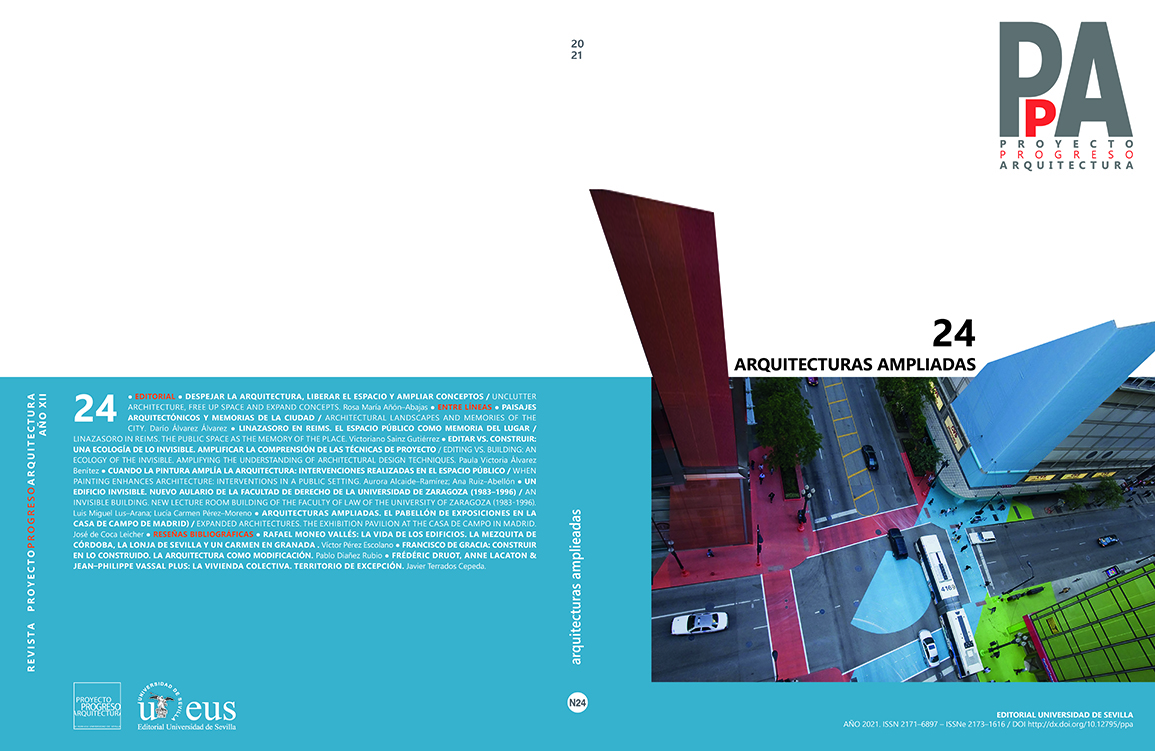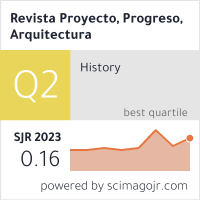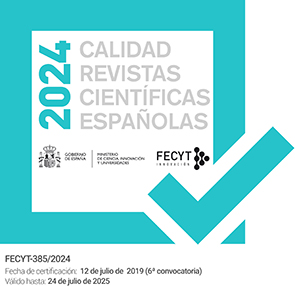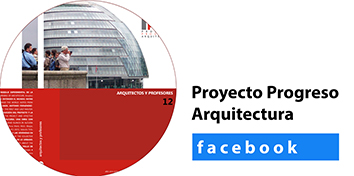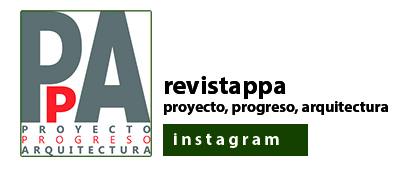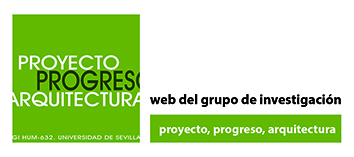AN INVISIBLE BUILDING. NEW LECTURE ROOM BUILDING OF THE FACULTY OF LAW OF THE UNIVERSITY OF ZARAGOZA (1983-1996)
DOI:
https://doi.org/10.12795/ppa.2021.i24.05Keywords:
Tardomodernidad, brutalismo, Aragón, género, arquitectura española, Isabel García ElorzaAbstract
In 1983, the team formed by Saturnino Cisneros Lacruz, Juan Antonio Carmona Mateu, Manuel Fernández Ramírez and Isabel García Elorza began the construction of the extension to the Faculty of Law of the University of Zaragoza. The need to build a new lecture room building arose from the progressive increase in law students that had been taking place in Spain since the 1960s. The new building’s formal autonomy, together with its bold circular geometry, testifies to the authors’ will to break, in a respectful way, with the regionalist rationalist architecture that Regino Borobio and José Beltrán Navarro had built in the early 1940s, which had dominated the development of the University Campus of the city of Zaragoza. With formal Aaltian concomitances and echoes of Fernando Higueras’s architecture during the 1960s in the national context, this extension proposed a late-modern architecture akin to Alison and Peter Smithson’s Brutalism, where the spaces of relation and social exchange became both essential and defining aspects of the project. The extension combines autonomy with subordination, both physical and functional, to the original building, generating a piece that combines volumetric rotundity with friendliness towards the user, a piece whose perceived scale belittles its enormous mass.
Downloads
Metrics
References
BANHAM, R. The New Brutalism. En: The Architectural Review, 1955, vol. 118, n.º 708, pp. 354-361.
BIEL IBÁÑEZ, María Pilar. Autarquía y arquitectura industrial en Zaragoza. En: Artigrama, 2003, nº. 18, pp. 527-548.
BULLOCK, Nicolas. Building the Socialist Dream or Housing the Socialist State? Design versus the Production of Housing in the 1960s. En: CRISON, Mark; ZIMMERMAN, Claire (ed.), Neo-Avant Garde and Postmodern: Post-war Architecture in Britain and Beyond. New Haven: Yale University Press, 2010, pp. 321-342.
CAPDEVILA CASTELLANOS, Iván; IBORRA PALLARÉS, Vicente. Drawing a New Architectural Paradigm. En: Carlos L. MARCOS, ed. Graphic Imprints: The Influence of Representation and Ideation Tools in Architecture. Nueva York: Springer, 2019, pp. 274-284. DOI: 10.1007/978-3-319-93749-6_23
CAUSAPÉ GRACIA, Belén. La Facultad de Derecho de Zaragoza desde una perspectiva histórica de género. En: Josefa Dolores RUIZ RESA, ed. Las mujeres y las profesiones jurídicas. Madrid: Editorial Dykinson, 2020, pp. 23-41.
CISNEROS LACRUZ, Saturnino; CARMONA MATEU, Juan Antonio; FERNÁNDEZ RAMÍREZ, Manuel; GARCÍA ELORZA, Isabel. Memoria del Proyecto de Ejecución, Ampliación y Reforma de la Facultad de Derecho (Zaragoza). Zaragoza: Universidad de Zaragoza, 1983.
DIÉGUEZ, Sofía. Arquitectura y urbanismo durante la autarquía. En: Antonio BONET CORREA (coord.). Arte del franquismo. Madrid: Cátedra, 1981, pp. 47-76.
ECO, Umberto. Lo posmoderno, lo irónico, lo ameno. En: Apostillas a El Nombre de la Rosa y traducción de los textos latinos. Barcelona: Círculo de Lectores, 1997, pp. 55-64.
GONZÁLEZ MARTÍNEZ, Carlos; BIEL IBÁÑEZ, Pilar; HERNÁNDEZ MARTÍNEZ, Ascensión, coords. La Universidad de Zaragoza: arquitectura y ciudad. Zaragoza: Universidad de Zaragoza, 2008.
HEUVEL, Dirk van der; RISSELADA Max, eds. Team 10: In Search of a Utopia of the Present 1953-1981. Rotterdam: NAi Publishers, 2005.
KING, Stephen. Ventana secreta, secreto jardín. En: Las cuatro después de medianoche. Barcelona: Ediciones B, 1992.
KUBO, Michael; GRIMLEY, Chris; PASNIK, Mark. Brutal. En: Clog, febrero 2013, p. 166.
SAVAL, Nikil. Brutalism Is Back. En: The New York Times Magazine, 2016, nº 23, p. 53.
SMITHSON, Alison; SMITHSON, Peter, An Alternative to the Garden City Idea. En: Architectural Design, julio 1956, vol. 26, n.º 7, pp. 229-231.
SMITHSON, Alison; SMITHSON, Peter. Cluster City: A New Shape for the Community. En: The Architectural Review, 1957, vol. 122, n.º 730, pp. 333-336.
SMITHSON, Alison; SMITHSON, Peter. The Charged Void: Architecture. Nueva York: Monacelli Press, 2002.
TYRWHITT, Jaquelin. Cores within the Urban Constellation. En: Congrès Internationaux d’Architecture Moderne. The Heart of the City: towards the humanization of urban life. Londres: Lund Humphries, 1951.
VÁZQUEZ ASTORGA, Mónica. José Borobio. Su aportación a la arquitectura moderna. Zaragoza: Delegación del Gobierno en Aragón. Caja de Ahorros de la Inmaculada, 2007.
Downloads
Published
How to Cite
Issue
Section
License
Las ediciones impresa y electrónica de esta Revista son editadas por el Secretariado de Publicaciones de la Universidad de Sevilla, siendo necesario citar la procedencia en cualquier reproducción parcial o total.
Salvo indicación contraria, todos los contenidos de la edición electrónica se distribuyen bajo una licencia de uso y distribución “Creative Commons Atribución-NoComercial-SinDerivar 4.0 Internacional” ![]() . Puede consultar desde aquí la versión informativa y el texto legal de la licencia. Esta circunstancia ha de hacerse constar expresamente de esta forma cuando sea necesario.
. Puede consultar desde aquí la versión informativa y el texto legal de la licencia. Esta circunstancia ha de hacerse constar expresamente de esta forma cuando sea necesario.
Los autores/as que publiquen en esta revista aceptan las siguientes condiciones:
- Los autores/as conservan los derechos de autor y ceden a la revista el derecho de la primera publicación, con el trabajo registrado con la licencia de atribución de Creative Commons, que permite a terceros utilizar lo publicado siempre que mencionen la autoría del trabajo y a la primera publicación en esta revista.
- Los autores/as pueden realizar otros acuerdos contractuales independientes y adicionales para la distribución no exclusiva de la versión del artículo publicado en esta revista (p. ej., incluirlo en un repositorio institucional o publicarlo en un libro) siempre que indiquen claramente que el trabajo se publicó por primera vez en esta revista.
- Se permite y recomienda a los autores/as a publicar su trabajo en Internet (por ejemplo en páginas institucionales o personales) antes y durante el proceso de revisión y publicación, ya que puede conducir a intercambios productivos y a una mayor y más rápida difusión del trabajo publicado (vea The Effect of Open Access).
- Abstract 1086
- artículo (Español (España)) 284
